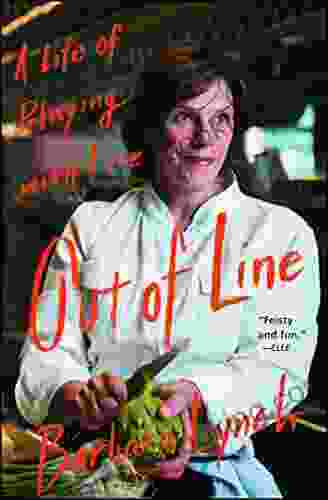European Perceptions of Terra Australis: Unraveling the Enigma of the Southern Land

: The Birth of a Myth
For centuries, the vast expanse of the Southern Hemisphere held an allure that captivated European imaginations. Legends and myths whispered tales of a vast southern continent, a land of mystery and wonder known as Terra Australis. This enigmatic land, believed to balance the known world in the north, became a focal point of exploration and scientific inquiry, shaping the course of history and the understanding of our planet.
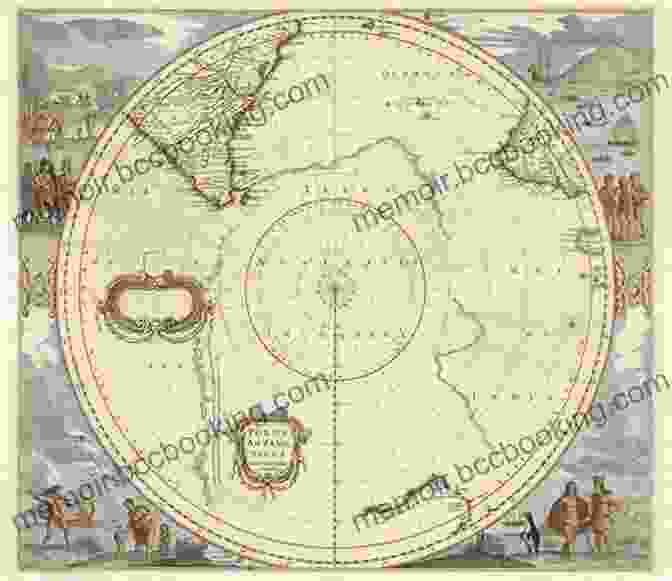
5 out of 5
| Language | : | English |
| File size | : | 6399 KB |
| Text-to-Speech | : | Enabled |
| Screen Reader | : | Supported |
| Enhanced typesetting | : | Enabled |
| Print length | : | 330 pages |
| Paperback | : | 142 pages |
| Item Weight | : | 8.5 ounces |
| Dimensions | : | 5.5 x 0.32 x 8.5 inches |
From Aristotle to Ptolemy: Ancient Theories and Speculations
The concept of Terra Australis has its roots in ancient times. Greek philosophers such as Aristotle and Ptolemy theorized the existence of a southern landmass to balance the Northern Hemisphere. These early ideas were based on the belief in a symmetrical Earth, with landmasses distributed evenly across the globe.
As European knowledge of the world expanded, the idea of Terra Australis gained traction. Medieval maps often depicted the southern hemisphere as a vast continent, sometimes connected to Asia or even extending to the South Pole.
The Age of Exploration: In Search of the Unknown
The 15th and 16th centuries marked a turning point in the history of Terra Australis. European explorers, driven by a thirst for knowledge and wealth, embarked on daring voyages to unravel the mysteries of the unknown seas.
Portuguese and Spanish explorers, such as Ferdinand Magellan and James Cook, ventured into the Southern Hemisphere, searching for the elusive southern continent. While they did not find Terra Australis in its mythical form, their expeditions provided valuable information about the geography of the region, challenging the prevailing beliefs about the world's shape.
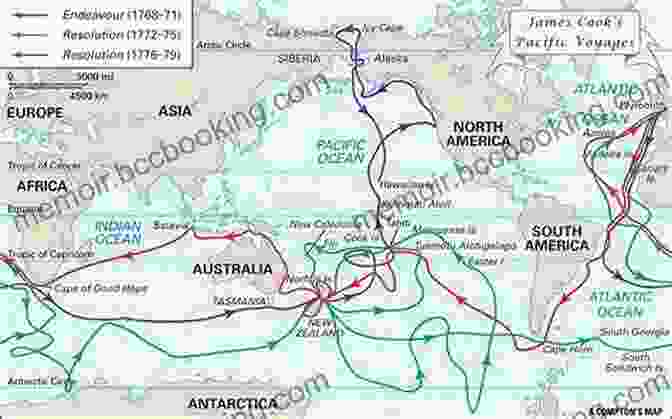
The Dutch Golden Age: Mapping the Southern Seas
The Dutch played a prominent role in exploring and mapping the Southern Hemisphere during the 16th and 17th centuries. Dutch East India Company ships sailed around the Cape of Good Hope and into the Indian and Pacific Oceans, charting new territories and expanding European knowledge of the world.
Dutch explorers made significant contributions to the understanding of Terra Australis. They discovered and named Australia's west coast, which they called New Holland. They also explored the islands of Java, Sumatra, and New Guinea, further defining the geography of the Southern Hemisphere.
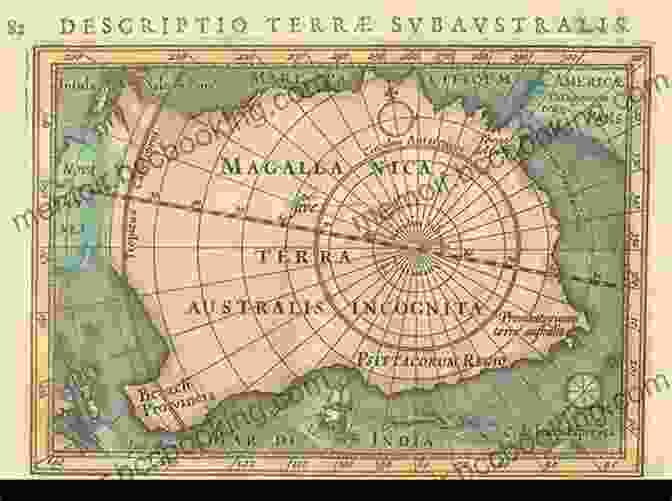
Scientific and Intellectual Debates: The Myth vs. Reality
As European knowledge of the Southern Hemisphere grew, scientific debates intensified about the true nature of Terra Australis. Some scholars argued that it existed as a vast continent, while others believed it was a collection of smaller islands or even a myth.
In the 18th century, French explorer Louis Antoine de Bougainville conducted an expedition to the Pacific, searching for Terra Australis. His voyage provided further evidence against the existence of a large southern continent, casting doubt on the prevailing theories of the time.
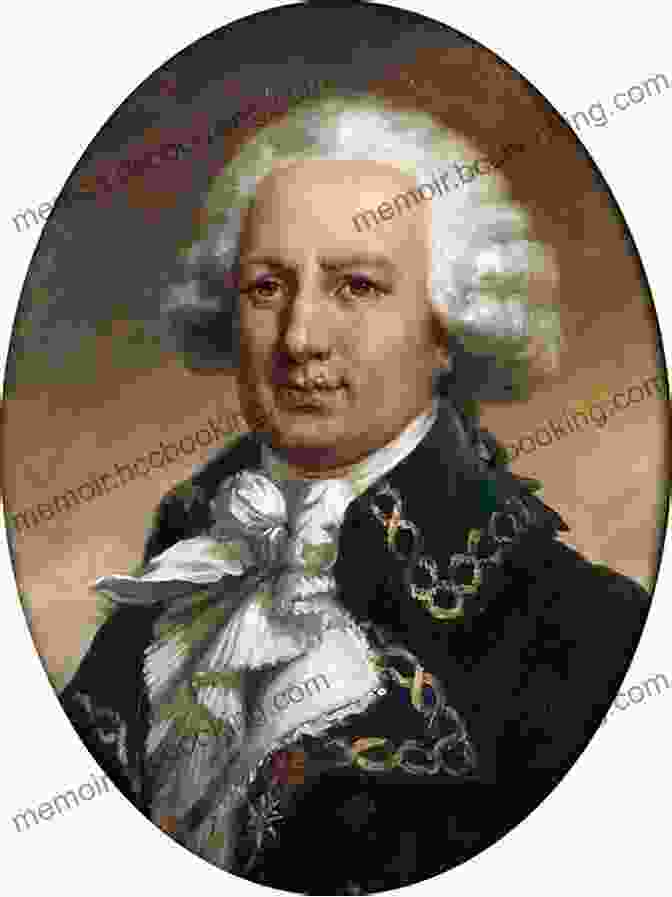
The 19th Century and the Discovery of the True Australia
The 19th century marked a turning point in the history of Terra Australis. British explorers, such as Matthew Flinders and George Bass, conducted extensive surveys of Australia's coastline, proving that it was a single continent. Flinders circumnavigated Australia, providing irrefutable evidence of its true shape and size.
In 1824, the British Admiralty officially adopted the name "Australia" for the continent, finally recognizing its distinct identity and geographical significance. The myth of Terra Australis had been dispelled, replaced by a more accurate understanding of the Southern Hemisphere and the world as a whole.
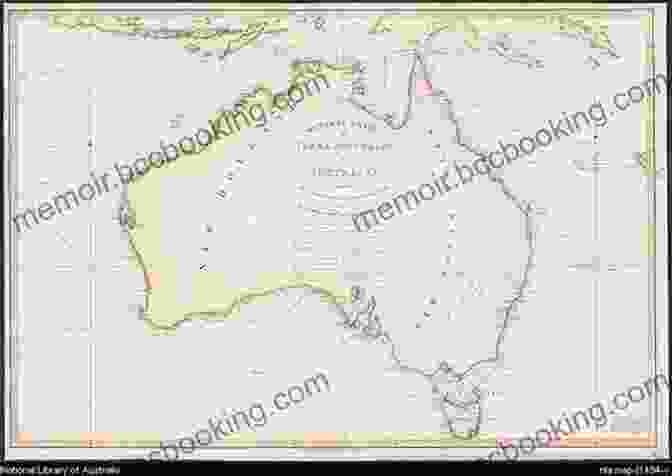
Terra Australis: A Legacy of Exploration and Discovery
The search for Terra Australis over centuries shaped European perceptions of the world. It fueled explorations, expanded scientific knowledge, and led to the discovery of new lands and cultures. The myth of the southern continent ignited imaginations and inspired a relentless pursuit of knowledge and understanding.
Today, the legacy of Terra Australis lives on in the modern continent of Australia, a testament to the human spirit of exploration and the power of curiosity. The myths and legends that once surrounded Terra Australis have faded into history, but the spirit of discovery continues to drive us forward, inspiring us to explore the unknown and unravel the mysteries of our planet.
5 out of 5
| Language | : | English |
| File size | : | 6399 KB |
| Text-to-Speech | : | Enabled |
| Screen Reader | : | Supported |
| Enhanced typesetting | : | Enabled |
| Print length | : | 330 pages |
| Paperback | : | 142 pages |
| Item Weight | : | 8.5 ounces |
| Dimensions | : | 5.5 x 0.32 x 8.5 inches |
Do you want to contribute by writing guest posts on this blog?
Please contact us and send us a resume of previous articles that you have written.
 Book
Book Novel
Novel Page
Page Chapter
Chapter Text
Text Story
Story Genre
Genre Reader
Reader Library
Library Paperback
Paperback E-book
E-book Magazine
Magazine Newspaper
Newspaper Paragraph
Paragraph Sentence
Sentence Bookmark
Bookmark Shelf
Shelf Glossary
Glossary Bibliography
Bibliography Foreword
Foreword Preface
Preface Synopsis
Synopsis Annotation
Annotation Footnote
Footnote Manuscript
Manuscript Scroll
Scroll Codex
Codex Tome
Tome Bestseller
Bestseller Classics
Classics Library card
Library card Narrative
Narrative Biography
Biography Autobiography
Autobiography Memoir
Memoir Reference
Reference Encyclopedia
Encyclopedia Barbara Isenberg
Barbara Isenberg Anne K Brown
Anne K Brown Alex Mars
Alex Mars Anne Somerset
Anne Somerset Anthony Sinclair
Anthony Sinclair Anna Membrino
Anna Membrino Audrey Lavigne
Audrey Lavigne Apryl Baker
Apryl Baker Anthony R Palumbi
Anthony R Palumbi Anne Makela
Anne Makela Ann Crile Esselstyn
Ann Crile Esselstyn Andre Norton
Andre Norton Anthony M Townsend
Anthony M Townsend Anthony C Winkler
Anthony C Winkler Antonio Iturbe
Antonio Iturbe Austin Murphy
Austin Murphy Arthur Chichester
Arthur Chichester Anna Reser
Anna Reser Austa Somvichian Clausen
Austa Somvichian Clausen Anne Edwards
Anne Edwards
Light bulbAdvertise smarter! Our strategic ad space ensures maximum exposure. Reserve your spot today!

 James JoyceUnveiling the Secrets of Gentleman Jack: A Journey into the Enigmatic Life of...
James JoyceUnveiling the Secrets of Gentleman Jack: A Journey into the Enigmatic Life of...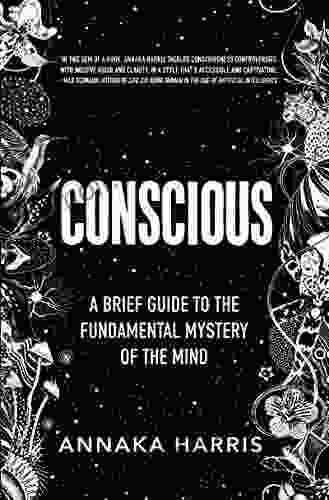
 Kelly BlairUnveiling the Enigma: A Comprehensive Guide to the Fundamental Mystery of the...
Kelly BlairUnveiling the Enigma: A Comprehensive Guide to the Fundamental Mystery of the...
 Leslie CarterBless Your Heart: A Captivating Novel that Transports You to the Heart of...
Leslie CarterBless Your Heart: A Captivating Novel that Transports You to the Heart of... Samuel Taylor ColeridgeFollow ·5.6k
Samuel Taylor ColeridgeFollow ·5.6k Jake CarterFollow ·19.9k
Jake CarterFollow ·19.9k Desmond FosterFollow ·3.3k
Desmond FosterFollow ·3.3k Hamilton BellFollow ·16.6k
Hamilton BellFollow ·16.6k Lawrence BellFollow ·10.7k
Lawrence BellFollow ·10.7k Ralph Waldo EmersonFollow ·6.8k
Ralph Waldo EmersonFollow ·6.8k Junot DíazFollow ·10.8k
Junot DíazFollow ·10.8k Jack ButlerFollow ·14.3k
Jack ButlerFollow ·14.3k
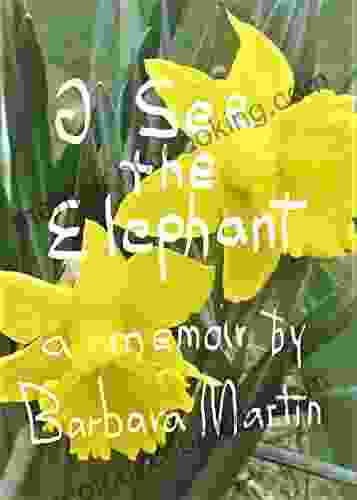
 Brayden Reed
Brayden ReedTeach Your Child They Have No Self Worth And They Will...
By Dr. Jane Doe ...

 Shawn Reed
Shawn ReedUnveiling Centuries of Tradition: History of Childbirth...
Journey into the heart of the...
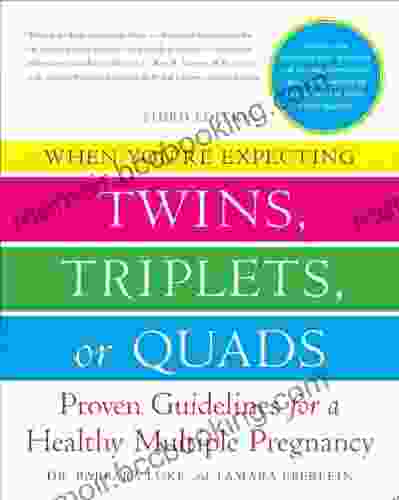
 Brady Mitchell
Brady MitchellProven Guidelines For Healthy Multiple Pregnancy
Congratulations on your...

 Dylan Mitchell
Dylan MitchellHarness the Power of Sleep for Optimal Health and...
In the fast-paced,...

 Herman Melville
Herman MelvilleAlexander Hamilton: The Revolutionary Who Shaped...
Alexander Hamilton was a...
5 out of 5
| Language | : | English |
| File size | : | 6399 KB |
| Text-to-Speech | : | Enabled |
| Screen Reader | : | Supported |
| Enhanced typesetting | : | Enabled |
| Print length | : | 330 pages |
| Paperback | : | 142 pages |
| Item Weight | : | 8.5 ounces |
| Dimensions | : | 5.5 x 0.32 x 8.5 inches |







